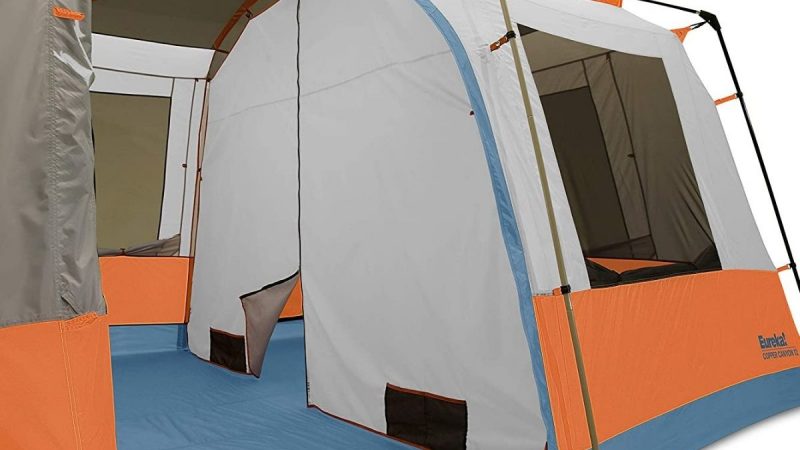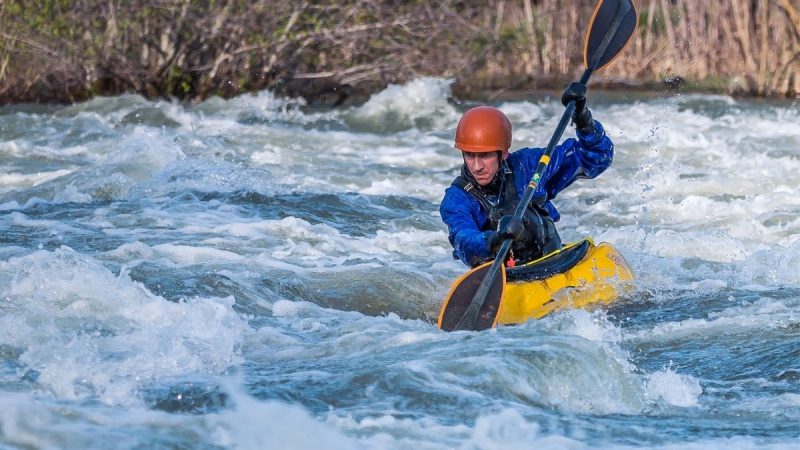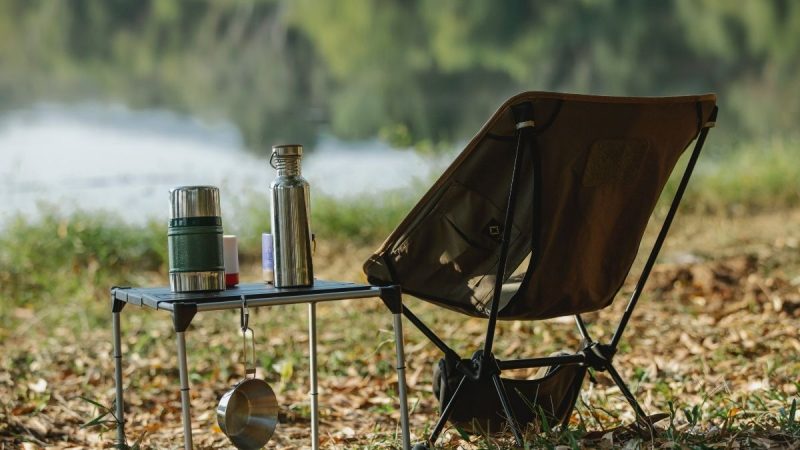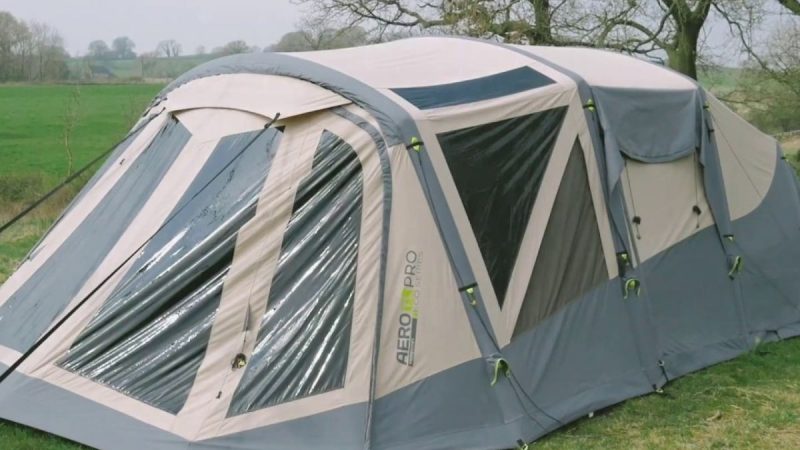A Simple Guide to Trail Running Techniques and Postures
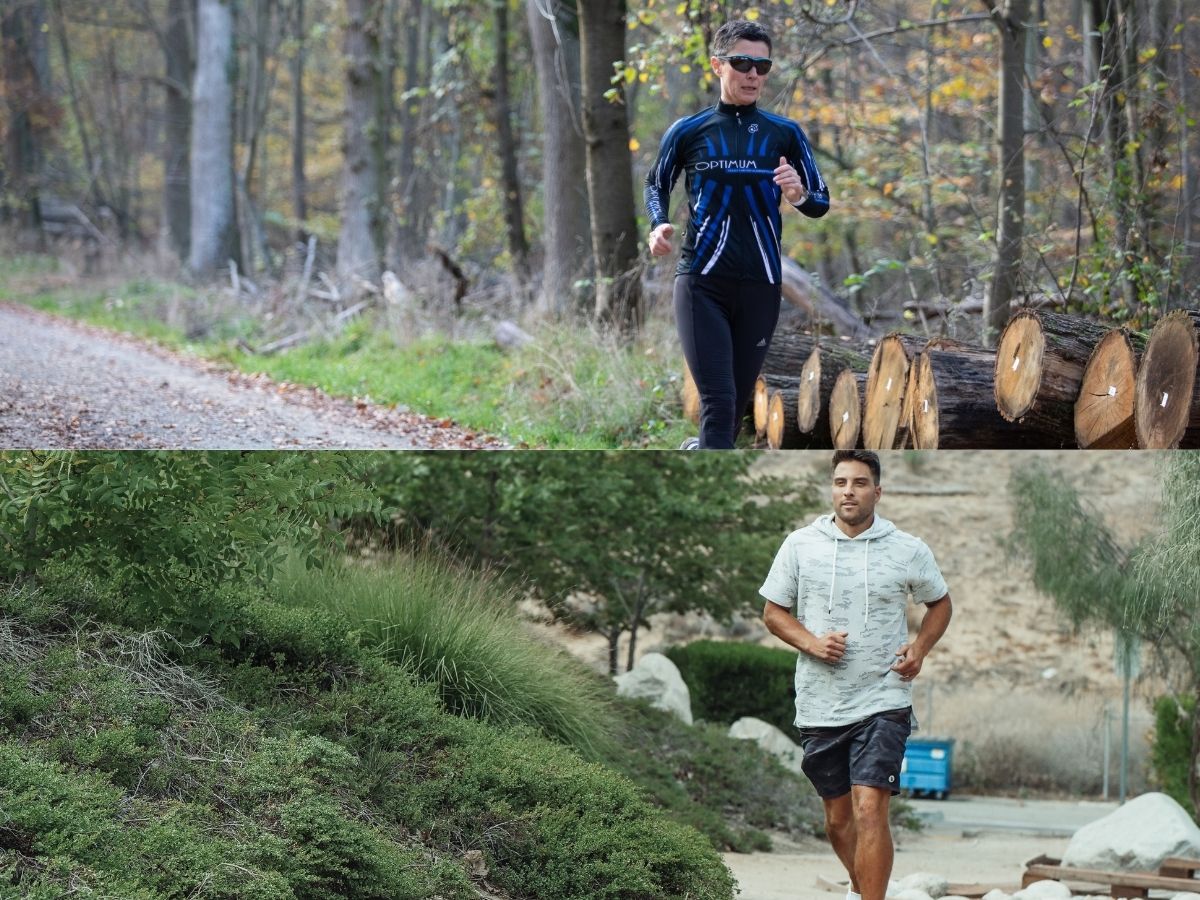
Trail running techniques and postures are widely varied and can be confusing for beginners. However, with a little understanding of the basics, you can hit the trails with confidence and enjoy the experience to the fullest.
When it comes to running on trails, there are three main techniques: uphill, downhill, and traversing. Uphill running is just what it sounds like – running up a hill. This can be tricky because your body is working against gravity, so you’ll want to use a different technique than you would when running on flat ground.
What is Trail Running?
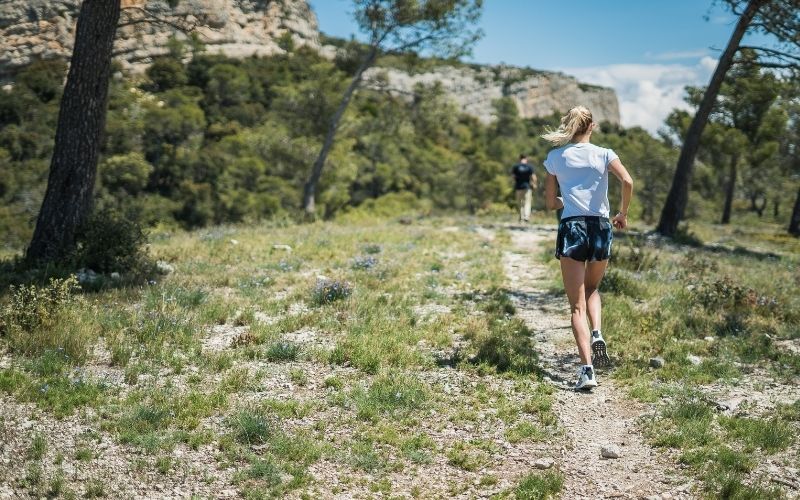
Trail running is a sport that involves running on trails. Trails can be composed of many different surfaces, including dirt, gravel, sand, rock, and asphalt. In contrast to road running where the predominant surface is pavement, trail running takes place off the beaten track and often in natural environments.
Uphill Running
When running uphill, it’s important to use good form and posture. Try to stay light on your feet and use your arms for balance. You may need to shorten your stride and take smaller steps. Pushing off with your toes will help you maintain speed and conserve energy.
Downhill Running
Downhill running can be dangerous if you’re not careful. You’ll want to use the same techniques as you would when running uphill, but with a few modifications. Allow yourself to “sink” into the downhill and use your body weight to help your momentum. Feel free to let your stride lengthen and take larger steps. Try not to brake with your feet; this will only slow you down and tire you out.
Traversing
Traversing is simply running across a slope, rather than up or down it. This can be tricky because you need to maintain a good balance and avoid slipping. Try to keep your center of gravity low and use short, quick steps. If necessary, take smaller steps on the more slippery sections of the trail.
Complementary Exercises for Trail Running
Now that you know the basics of trail running, it’s important to incorporate complementary exercises into your routine in order to improve your balance and strengthen key muscles. Activities such as Yoga, Pilates, and Tai Chi can help improve your balance and body awareness, while weightlifting and resistance training can help build strength in your core, hips, and glutes. With a little practice, you’ll be able to safely enjoy all that trail running has to offer!
So there you have it – a beginner’s guide to trail running techniques and postures. By following these tips, you’ll be able to run confidently on any trail surface. Be sure to incorporate complementary exercises into your routine for even better results! Enjoy your next trail run!
Strength Training
We all know that strength training builds muscle and is an excellent way to include in trail running techniques and postures. But did you also know that it can improve your balance and coordination? And if your balance is better, this means greater stability and reduced risk of injury. Being able to run on trails confidently would be a huge accomplishment! Of course, no matter how much you train or exercise, there’s always the risk of injury. So make sure you stretch before (and after) every workout session – especially on the trail! Stretching will help prevent soreness in any area that might have been used repeatedly during your exercise routine.
Yoga
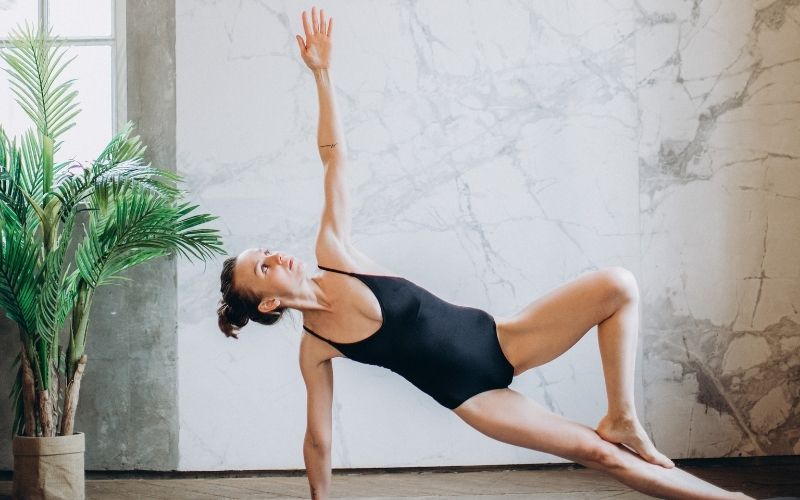
Yoga can be an ideal complimentary workout to trail running (or any other exercise for that matter). Yoga will help improve flexibility and balance. These are both key factors when it comes to trail running. And as I mentioned before, having a good balance means enhanced stability and reduced risk of injury.
Pilates

Pilates is a body conditioning routine that improves strength, flexibility, posture, and breathing patterns. Pilates will also build muscle tone in your abs, thighs, arms – especially the grip muscles – hips and lower back – all of which are important muscles to have strong if you’re going off-road! In addition to being a great choice for training purposes, Pilates can be low impact so it’s easier on your joints. And this means it’s easier to do more often!
Tai Chi
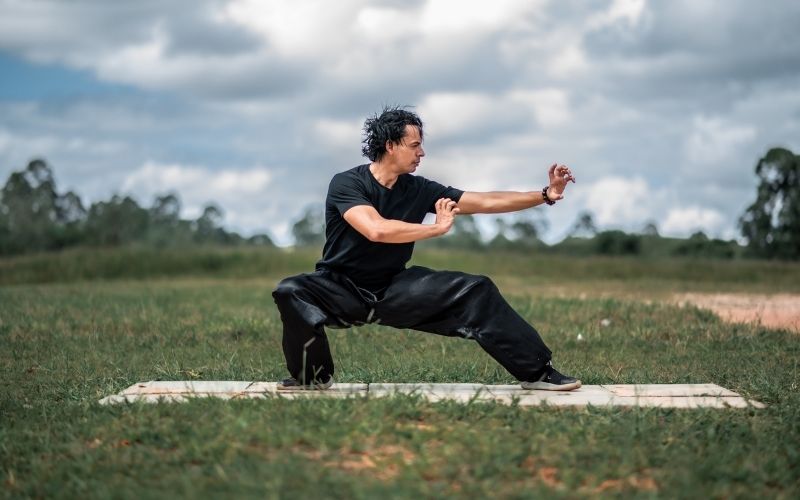
Tai Chi is a martial art that involves controlled body movements. The various postures are designed to help improve flexibility, strength, balance, and coordination. These four elements are key when it comes to trail running – especially if you’re going off-road. You’ll need good balance in order to stay upright as you dodge rocks, roots, tree stumps, etc. Strong muscles will protect your joints…and therefore enhance stability. Having better coordination can help prevent injuries by allowing for smooth transitions between each stride – even on uneven surfaces!
Squeeze Muscles

Use arm swing not just for forwarding momentum but also to keep yourself balanced. Balance is always a point on which we should focus when trail running.
Pendulum swing Keep your upper body still and allow the momentum of your arms moving forward and backward to do all the work for you.
Some General Notes when Practicing Trail
When going for trail running techniques and postures, it’s important to be completely aware of your surroundings. It’s easy to become distracted by the surrounding beauty, but you’ve got to keep focused if you want to avoid any potentially dangerous situations! So stay alert at all times. Watch out for other trail users – whether they’re hikers or mountain bikers. If you happen to be crossing paths with another trail user, always pass them on the left side. This will help ensure that you don’t accidentally bump into one another as you run past each other!
Eyes Forward Trail
running is all about efficiency, endurance, and agility! So don’t forget to stay in good physical shape. By the same token, don’t overdo it either – you could end up injuring yourself if you push your body too hard. Always listen to your body and know when to take a break if necessary. Depending on how long you’ve been trail running for, this may be easier said than done…but I hope these tips will help!
Short Stride
On trails, it is important to have a short stride so you can more easily adjust to the uneven surface. This means that you’ll also need to use your arms and upper body more in order to maintain momentum. Be prepared for quick changes in direction, as they’re bound to happen when running on trails.
Keep Your Back and Shoulders Straight
The main goal of this posture is to keep your balance – straighten your torso and focus on your balance.
Keep hips level with the ground. Your feet should not be behind or ahead of your hips, but they should remain at the same height as you run forward. Try not to lean too far forward! It’s important not to overextend yourself, which can cause problems with your breathing patterns. Proper breathing is essential when trail running since it will help regulate your heart rate. You’ll also need good breathing patterns in order to build endurance.
Swing Your Arms Freely
Again, swinging your arms freely will help you maintain momentum. But be careful not to swing them too much, as this could cause you to lose balance. Try to keep your arms parallel to your body as you run.
Downhill Running Technique

In addition to the trail running techniques and postures mentioned above, there are a few other things that you’ll need to keep in mind when running downhill. Stay relaxed and don’t lock your arms at your elbows. You should also try not to lean back on steep descents – you could easily trip over if you aren’t careful!
When running downhill, always try to maintain good posture. This will help you avoid any unnecessary ankle or knee injuries. And be sure to use your arms and upper body to help absorb the impact of the descent.
Another thing to remember when running downhill is to keep your stride short. This will help you stay in control as you make your way down.
Swing the Elbow Forward and Backward
On trails, it’s never a bad idea to stay as balanced as possible. This will help you maintain your momentum and prevent injury. One way to do this is by making sure that your body weight is properly distributed throughout each stride.
Be sure not to exaggerate the swinging motion of your arms – just let them swing naturally as you run forward. When running up steep hills or mountains, focus on taking smaller strides rather than long ones. This will allow you to keep better balance while climbing the hill or mountain, which could be important if other trail users are around since small steps are less likely to lead to collisions!
Landing with the Soles of Your Feet
When you land on the ground, be sure to do so with the soles of your feet. This will help dissipate the impact and keep your body from absorbing all of the shocks. It’s also important to maintain good posture when landing, as this will help you avoid any injuries.
Uphill Running Technique

One of the most important things to remember when running uphill is that you want to stay as relaxed as possible. This will help you conserve energy and avoid injury. And always make sure to keep good posture – this will make climbing the hill much easier since it will prevent you from hunching forward or leaning too far backward.
When climbing uphill be sure not to lock your elbows! You want to remain as balanced as possible, especially if there are other trail users around (who could easily collide with you). If you’re at risk for falling backward, try leaning slightly forward so that your center of gravity moves over your dominant foot.
When running uphill, don’t exaggerate the swinging motion of your arms – just let them swing naturally. When climbing steep hills or mountains, take smaller strides rather than long ones. This will allow you to remain in better control of your body as you make your way up the mountain.
Shorter Stride
Decrease your stride length when running uphill. This will help you maintain good posture – something that’s very important while climbing hills and mountains.
Your bodyweight should be balanced between the heel and the ball of each foot, and not excessively on either one! And don’t lean too far forward or backward. While leaning slightly forward while climbing could help prevent you from falling backward, you don’t want to go overboard with this since it could over-stress certain muscles like your chest and shoulders.
The amount of time (in milliseconds) required for a runner to cover a given distance at different speeds.
Fast Climbing
A runner who is good at climbing hills rapidly will take a short, choppy stride. This runner’s feet will also land close to their body and they will use their arms for balance.
Tips
If you’re new to trail running, start off by running on flat surfaces and gradually work your way up to hills. And always remember to maintain good posture – this will help you avoid injury and make your runs much more comfortable. Be sure to use the swinging motion of your arms to your advantage, and take smaller strides when climbing uphill. And if you’re ever in doubt, just ask one of the more experienced runners for the advice!
Conclusion
Trail running techniques and postures can be a great way to have some fun and get some exercise. But before you head out the door, be sure to do your research! And here’s one last thing to keep in mind – make sure to take it easy on the downhills! Many runners think they’re great at running downhill, but this is actually one of the most difficult parts of trail running. If you start off by taking it slow (and gradually build up your speed), you should be well prepared for whatever challenges lie ahead. It would be advisable to have trained yourself with prior bodyweight workouts to be easy during these hikes and running. Always remember that maintaining good posture will help improve your balance and prevent injuries, and practicing uphill technique can help you conquer even the steepest trails.

